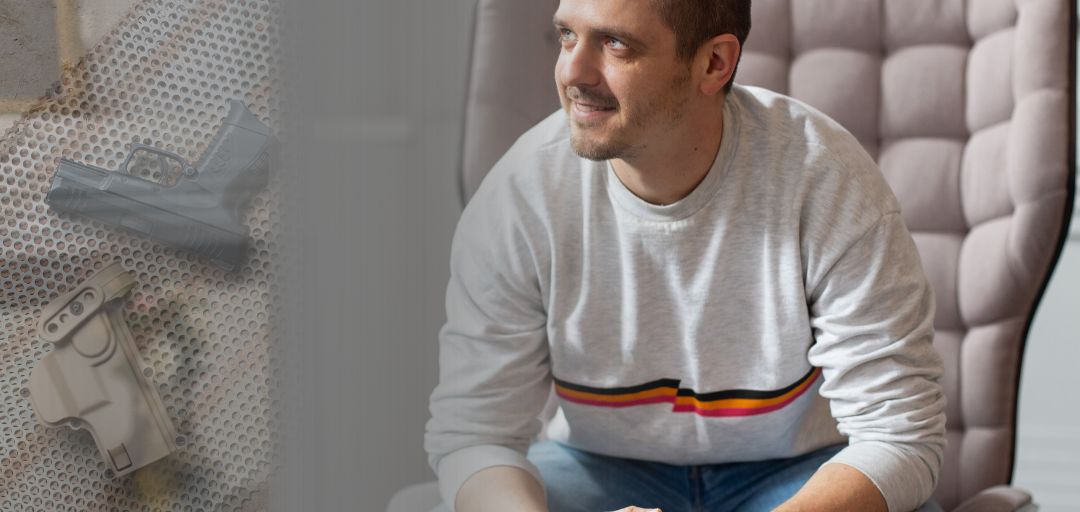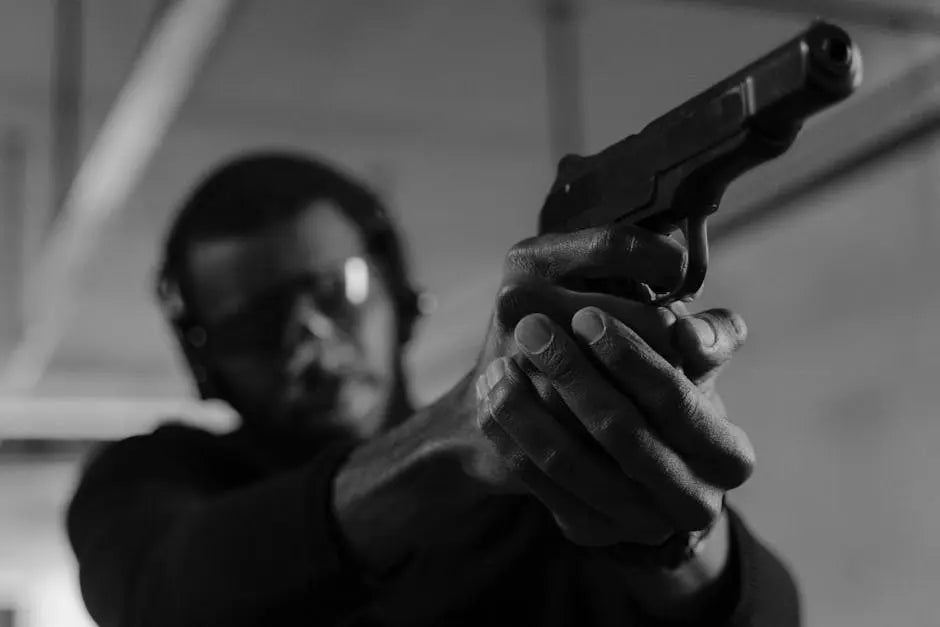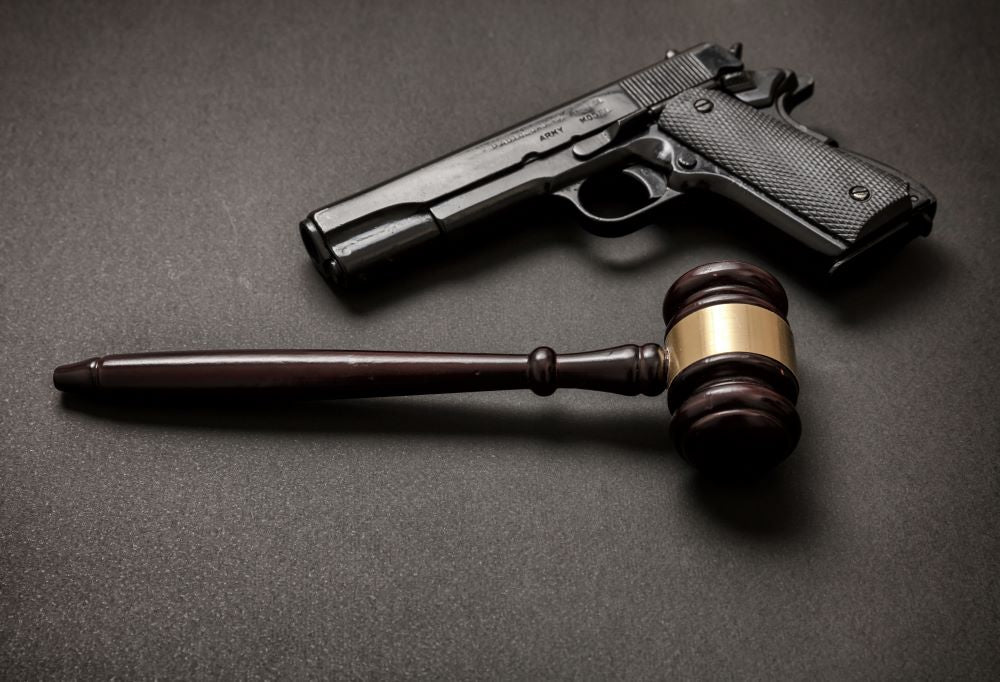Carrying appendix can often feel uncomfortable, especially when sitting for long periods. However, with the right techniques and adjustments, it’s possible to sit comfortably without compromising on safety or convenience. In this blog, we’ll explore practical tips and tricks for maximizing comfort while carrying appendix.
Choosing the Right Appendix Carry Holster
The first step to ensuring comfort while carrying appendix is selecting the right holster. There are various options available, from hybrid to Kydex holsters. Look for a holster that offers an adjustable cant, proper concealment, and comfort padding. It’s essential to try multiple options to find the one that fits your body and needs best. Comfort padding, such as the GunZee memory foam pad, can also mitigate discomfort by providing a buffer between the holster and your skin. Check out the GunZee holster pad for an extra layer of comfort.
When choosing a holster, it’s important to consider the quality and build material. Holsters made from full Kydex can sometimes bite into the skin, whereas hybrid holsters with a softer backing can be more forgiving. Another option to explore is appendix carry holsters tailored specifically for your body type. CrossBreed Holsters provides some insights into the pros and cons of appendix vs. hip carry, which may help in making an informed decision.
Don’t forget to think about additional accessories like magazine carriers attached to your appendix holster. These can offer convenience and added stability since reaching for an extra mag at the appendix position feels more natural. Lastly, explore holster options with integral magazine pouches, such as the Safariland Incog X IWB Holster, which combines comfort with fast reloading potential.
Adjusting Your Belt and Clothing
Your belt and clothing play a significant role in your overall comfort when carrying appendix. Choose a sturdy belt that can support the holster and firearm’s weight. Additionally, opt for pants with enough waistband space and stretch fabric to avoid unnecessary pressure. Using a quality gun belt designed specifically for concealed carry can make a considerable difference; it provides better support and helps distribute the weight evenly.
Additionally, the right type of clothing can contribute immensely to your comfort. Avoid tight-fitting garments that press into the holster and opt for looser clothes with breathable fabrics. Adaptable pants with extra stretch or slightly larger waist sizes can be more forgiving. For those who struggle with holster positioning, Incognito Concealment recommends experimenting with different positioning to alleviate discomfort caused by tight pants.
Belts with small or changeable buckles are ideal for appendix carry as they allow for more positioning options without hindrance. A belt that can securely hold the holster in place without sagging is vital to maintaining both comfort and concealment. Gun belts are typically more robust than regular belts, providing necessary rigidity to support the weight of your holster and firearm effectively.
Ergonomic Sitting Positions
Finding an ergonomic sitting position is crucial for comfort. Sit with a slight forward tilt to alleviate pressure on your abdomen. Adjust your chair height and ensure your feet rest flat on the ground. If possible, use a chair with good lumbar support to maintain proper posture. Understand appendix carry basics to better adjust your seating posture when carrying.
It’s essential to practice drawing and reholstering your firearm from different sitting positions. This practice helps identify the most comfortable and efficient positions, ensuring nothing obstructs your draw. Understanding the angles and positions that minimize pressure points can make a significant difference in comfort. Appendix carry vs hip carry insights can also help you understand the advantages and potential drawbacks of different carry positions while seated.
Moreover, when sitting for extended periods, keep your posterior slightly above your knees to reduce the pressure on your abdomen caused by the holster. Frequently change sitting positions or adjust slightly to prevent discomfort over long periods. Remember, small adjustments can lead to significant improvements in comfort when carrying appendix.
Using Cushions and Supports
Adding cushions and supports to your chair can significantly enhance comfort. Consider using a lumbar cushion or a seat cushion with a cut-out to reduce pressure on your lower back and abdomen. These little adjustments can make sitting for extended periods much more bearable. Utilizing accessible resources, like the DIY padding techniques explained by Personal Defense Network, can also be economically beneficial.
For those who spend a lot of time driving, a car seat cushion with memory foam can provide the necessary padding to prevent discomfort caused by the holster pressing into your body. Positioning lumbar supports behind your lower back and cushions under your thighs can also help maintain a more ergonomic seating posture while balancing the added weight and bulk from a holstered firearm.
Experimenting with different padding solutions, like the Gunzee holster pad, can significantly enhance holster comfort. Users have found that the Gunzee pad, designed specifically for holsters, provides exceptional cushioning and support, reducing pressure points and improving overall wearability.
Taking Regular Breaks
Long periods of sitting can lead to discomfort, regardless of how ergonomic your setup is. Make it a habit to take regular breaks. Stand up, stretch, and walk around every hour to keep your body feeling fresh and reduce the buildup of tension. A short walk or some light exercise can also help improve circulation and alleviate any pressure caused by the holster.
For those who find it necessary to sit for extended periods, incorporating regular stretching routines can significantly contribute to overall comfort. Simple exercises such as standing stretches, ankle rotations, and light back stretches can help alleviate pressure buildup. These exercises can also make a substantial difference in reducing overall discomfort when seated with an appendix-carry holster.
Maintaining Overall Health and Flexibility
Good overall health and flexibility can contribute to your comfort while carrying appendix. Engage in regular physical activity and stretching exercises to keep your body fit and flexible. Strengthening your core muscles can also provide better support and reduce discomfort. Learn more about the essentials of appendix carry and the importance of staying physically fit to handle the demands of carrying a concealed firearm.
Maintaining flexibility through activities like yoga or pilates can also help. These exercises not only strengthen the core but also improve posture and body mechanics, making it easier to carry appendix without discomfort. Regular exercise routines focusing on the lower back and abdominal muscles can be particularly beneficial in supporting the concealed carry setup.
Remember, a balanced diet and adequate hydration also play essential roles in maintaining overall health and reducing discomfort. A healthy lifestyle ensures your body is better equipped to handle the stresses associated with carrying a concealed weapon, particularly in the appendix position.
Wrapping Up: Comfort and Safety Go Hand in Hand
Finding comfort while carrying appendix doesn’t have to be a challenge. By selecting the right gear, adopting ergonomic sitting positions, and taking care of your overall health, you can ensure a comfortable and secure experience. Remember, small adjustments can make a significant difference. Stay safe and comfortable!




